This spring, 50 major companies, ranging from Walmart to General Motors, announced plans to go carbon-neutral by 2040 to combat climate change. FedEx pledged $100 million for a new center at Yale, where researchers plan to consider ways to boost carbon capture by tapping into our planet’s natural systems. Microsoft plans to become carbon negative by 2030, while also aiming to capture the equivalent of all the carbon the company has emitted throughout its history.
These commitments from brands coincide with a global realization that climate change poses serious and urgent risks, from extreme weather events to accelerated sea-level rise and beyond. Last year, an international survey of more than 10,000 consumers by YouGov on behalf of the Carbon Trust found that two-thirds support carbon labeling on products. As awareness around climate change grows, brands are facing increased pressure to make a positive difference. Brands like Oatly have already started sharing that information with the public.
In a recent trend report, Getty Images draws attention to the green recovery movement in visual culture, citing the fact that close to half of consumers say that reducing their carbon footprint is the most important thing brands can do to demonstrate their commitment to sustainability. What’s more, they’ve found that eight in ten want to engage with companies that make the world a better place. Beyond that, research from Wunderman Thompson reveals that 64% of Gen Zers say they will actively boycott brands if they’re not doing anything to help reverse climate change.
Visualizing ways to reduce our carbon footprint can be challenging, but it also poses countless opportunities for commercial photographers to create meaningful content, celebrate the natural world, and make a difference with their images.
What are nature-based solutions, and how can we visualize them?
Nature-based solutions are actions that use nature to protect biodiversity, improve human wellbeing, and address societal challenges such as sea-level rise, natural disasters, water scarcity, and more. These actions can include the sustainable management or restoration of any number of ecosystems; mangroves, for instance, are popular examples because they filter water, protect against erosion, and store tons of carbon. Brands like Apple and Gucci have recently invested in the protection of mangroves for that reason.
In June, the UN launched the Decade on Ecosystem Restoration, urging governments, companies, and citizens to restore and rewild savannahs, marine environments, grasslands, and urban locations. Plus, just recently, the EU announced plans to build forests, grasslands, wetlands, and croplands to help in the uphill battle against climate change. In 2018, these carbon sinks together removed a net 263 million tonnes of CO2 equivalent from the atmosphere. By 2030, the target is to hit 310 million per year.
As noted by the Creative Insights team at Getty Images, nature-based solutions can be visualized in many different ways, whether it’s incorporating photos of forests, oceans, or other carbon sinks (i.e., environments that sequester more carbon than they release) or documenting environmental initiatives in real-time. Think grasslands, salt marshes, agricultural lands, peatlands, or even permaculture.
Spotlight on local stories
Start close to home by researching carbon sinks and rewilding initiatives in your area. Forests account for 80% of our planet’s terrestrial biodiversity, so if you live close to one, find ways to highlight it in your photos. Maybe it’s sharing the beauty of the landscapes themselves, or perhaps it’s photographing people as they interact with the environment. Ask conservation organizations in your region about what they’re doing to protect or restore the land; you might be able to shadow them for a day and document their work.
Even if you live in an urban area, consider how your city is implementing nature-based solutions. Singapore is famous for its “green infrastructure,” from parks to roofs, while Japan’s Maruyama river project saw the restoration of wetlands. Milan is home to a vertical forest, built on residential towers, while Bangkok transformed a railway line into a city park. In New York, the MillionTreesNYC project saw more than a million trees planted for a greener city.
Wherever you live, get involved with your local community. Highlight the actions of the everyday people who give back to the environment (through planting, forestry, sustainable agriculture, etc.), and celebrate the diversity of your city. Consider volunteering your time to a reforestation project, visiting a conservation area and connecting with staffers, or getting in touch with a licensed wildlife rehabilitator who aids in the care and release of native wildlife.
By researching initiatives in your location, you’ll find hidden stories others might have missed. As Getty Images noted in a recent trend report on renewable energy, today’s customers are moving away from “cropped, conceptual visuals of hands holding a patch of soil with green plants” and toward more realistic and relatable images. Consumers also prefer photos of renewable energy that center people and their stories, so keep that in mind.
Spotlight on regenerative travel
With worldwide tourism accounting for an estimated 8% of global greenhouse gas emissions, travelers are looking for ways to live more sustainably. And there are reasons to hope: dozens of resorts around the world are now part of the booking agency Regenerative Travel, which prioritizes respect for local and global ecosystems as well as responsible and ethical operations. Among them is the eco-resort Playa Viva in Mexico, whose impact ranges from farm and reforestation initiatives to a sea turtle conservation project.
As mentioned in The New York Times, whale-watching operations in Dana Point, California, now clean up discarded balloons to prevent them from being eaten by sea creatures. It’s the first Whale Heritage Site in the United States. Instead of viewing animals in captivity, travelers are now finding joy in supporting their conservation in the wild. Meanwhile, Intrepid Travel, a group adventure travel company, pledged to offset 125% of their emissions every year, starting in 2020.
Visualizing regenerative and sustainable travel can mean visiting an eco-resort with friends and documenting their activities, and it could also mean highlighting bike routes and other modes of transportation that help reduce our carbon footprint. Instead of flying to your next destination, maybe you find an overlooked gem closer to home, or you photograph your fellow travelers conducting a trail clean-up while exploring a park. Research climate initiatives in your destination, from green infrastructure to scenic passes designed specifically for electric cars, and coordinate with models to showcase city living in a sustainable light.
Giving back
Today’s advertising photographers are in a unique position to incorporate sustainable practices and illustrate them for the general public. Eliminate single-use plastics from your lifestyle photos, and consider removing them from your daily routine as well. Choose biking over driving, or photograph a farm-to-table meal featuring vegan ingredients. By highlighting these small changes, you can show that a better future is possible.
As a photographer, you can also work side-by-side with community leaders working to protect the environment, from our coastlines to our forests. Volunteer to shoot photos for a non-profit, and donate the images to help in their fundraising efforts. The Nature Conservancy, for instance, regularly looks for photographers in various locations; volunteers explore their state, document events, and photograph conservation projects. Consider ways to put your photos toward a good cause and help raise awareness for the organizations working on behalf of your local environment.
Licensing your photos
As consumers continue to demand better from the brands they support, photos of nature-based solutions to environmental issues will remain in-demand. When submitting your photography for commercial Licensing, remember to apply relevant keywords. When submitting photos of green spaces, tag the location (get specific) and the type of environment (e.g., salt marsh, mangroves, forest, coastline, seagrass).
Additionally, include the action itself in your keywords: reforestation, rewetting, rewilding, permaculture, agroforestry, renewable energy, etc. You can also add more general terms such as “biodiversity”, “wildlife”, “carbon capture”, “carbon storage”, “green city”, or “environmental conservation.” The more accurate and thorough your metadata, the better your chances of surfacing in buyer searches.
Not on 500px yet? Click here to learn about Licensing with 500px.

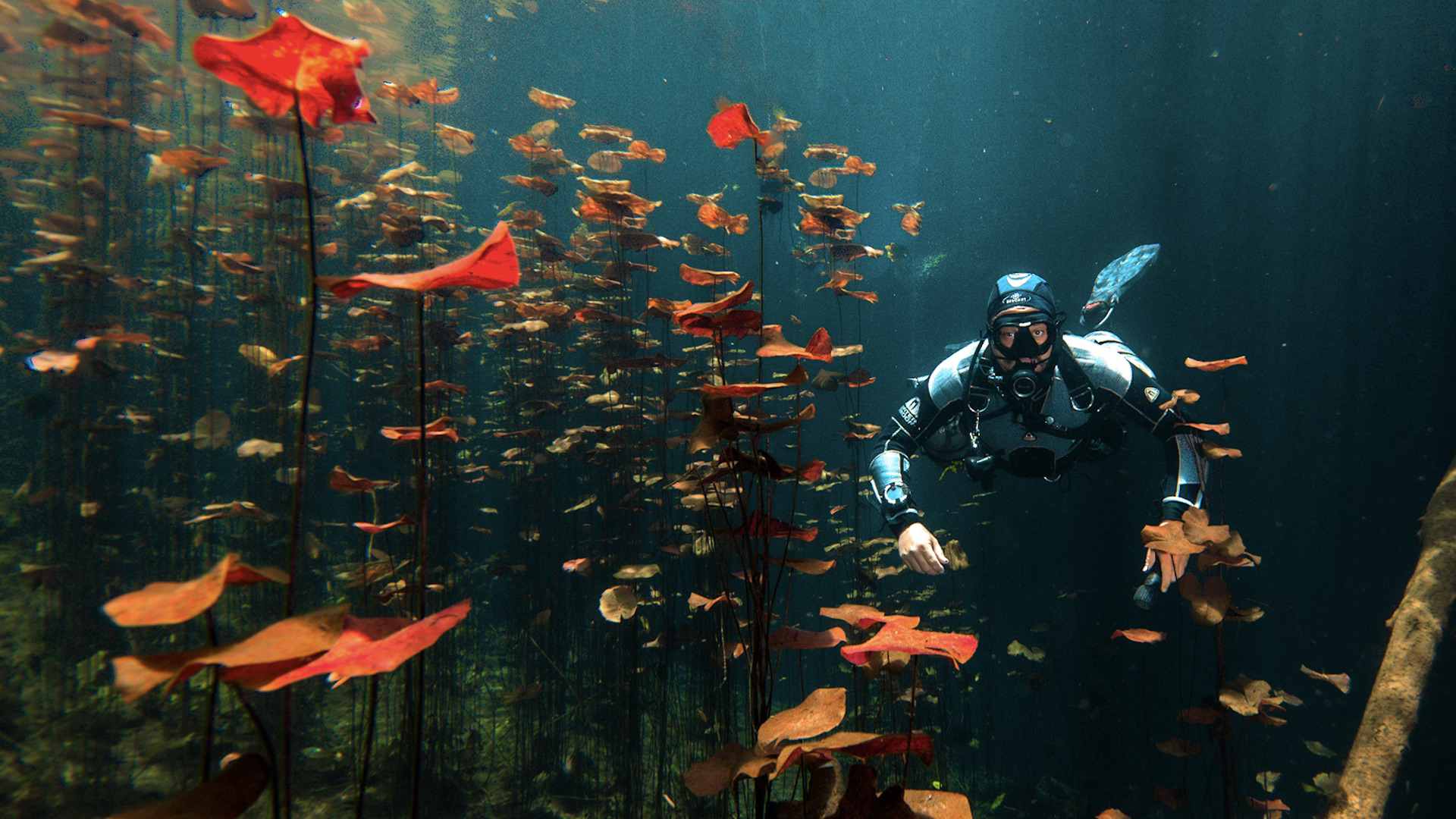
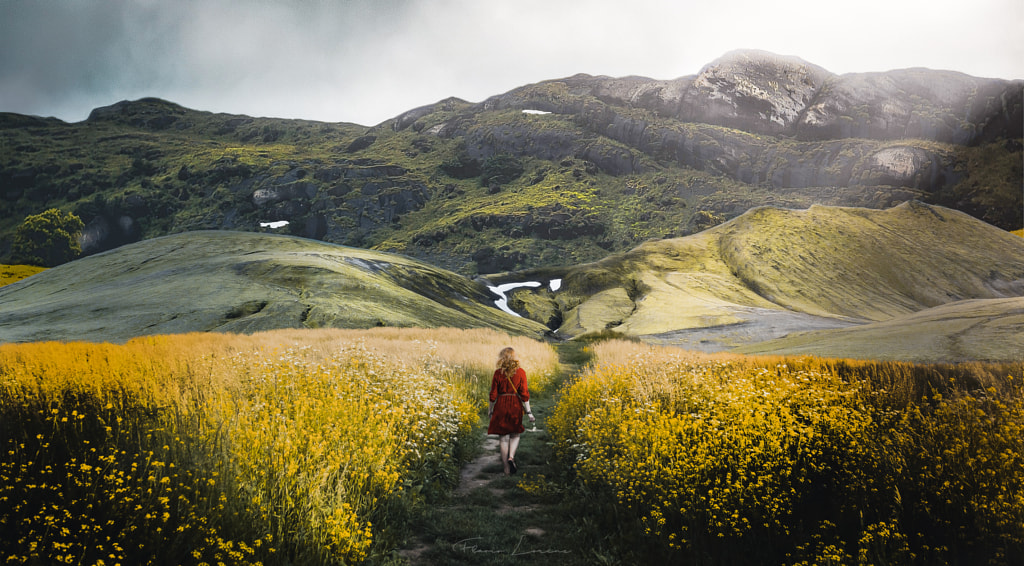
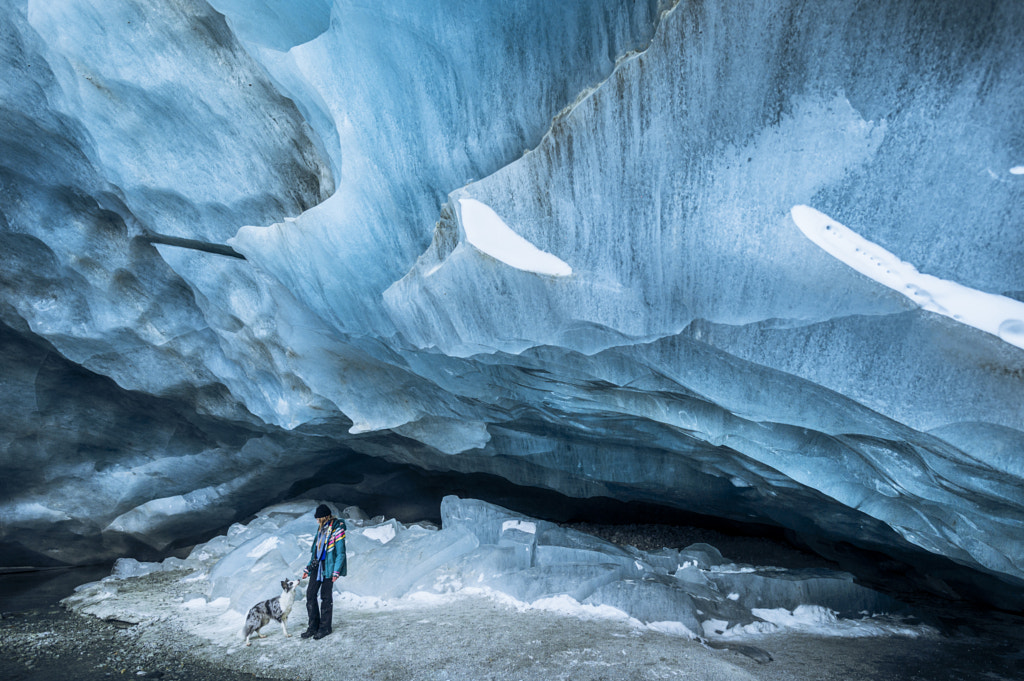
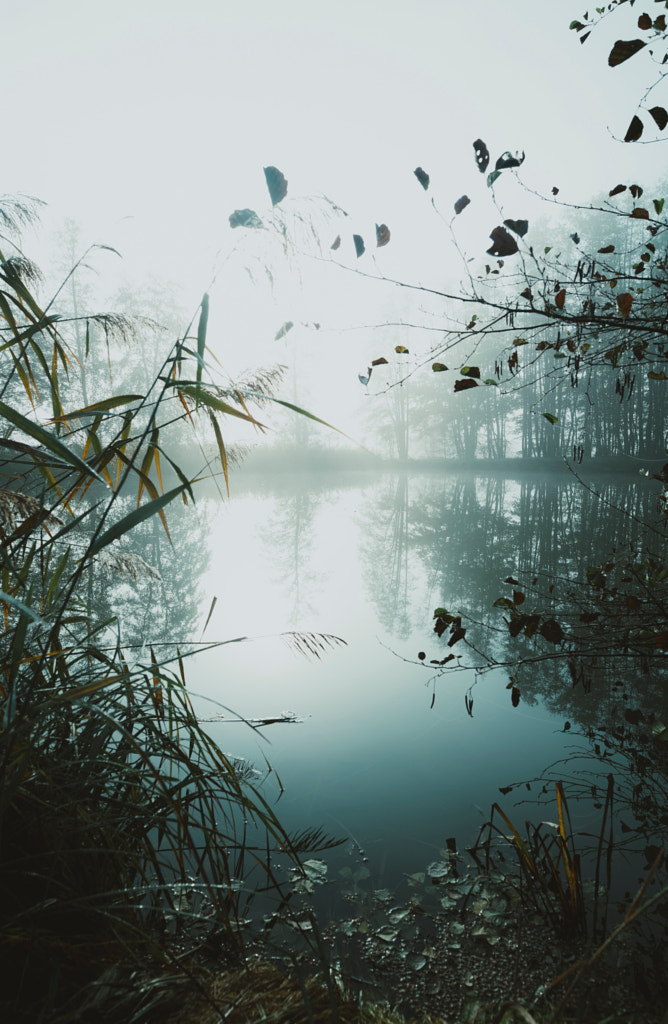


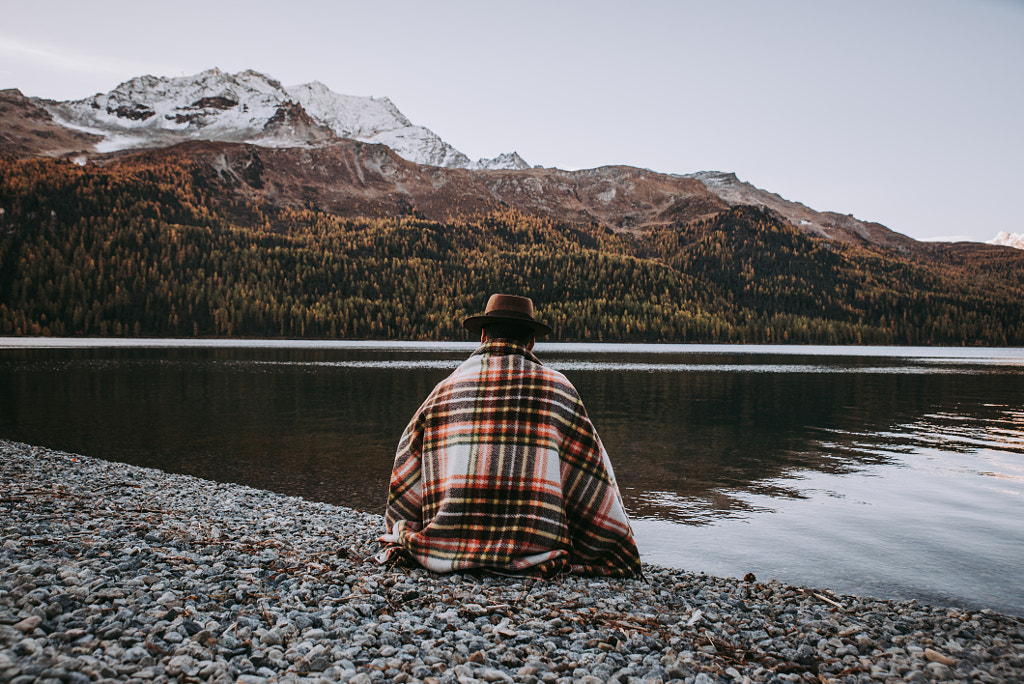
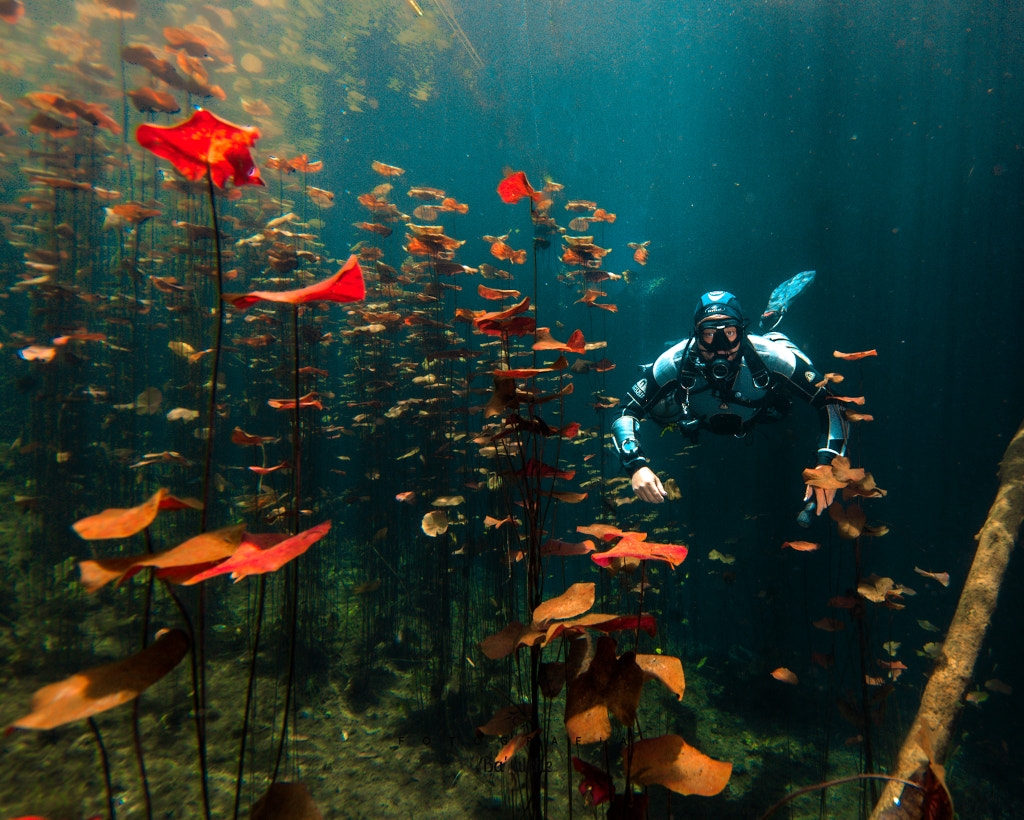





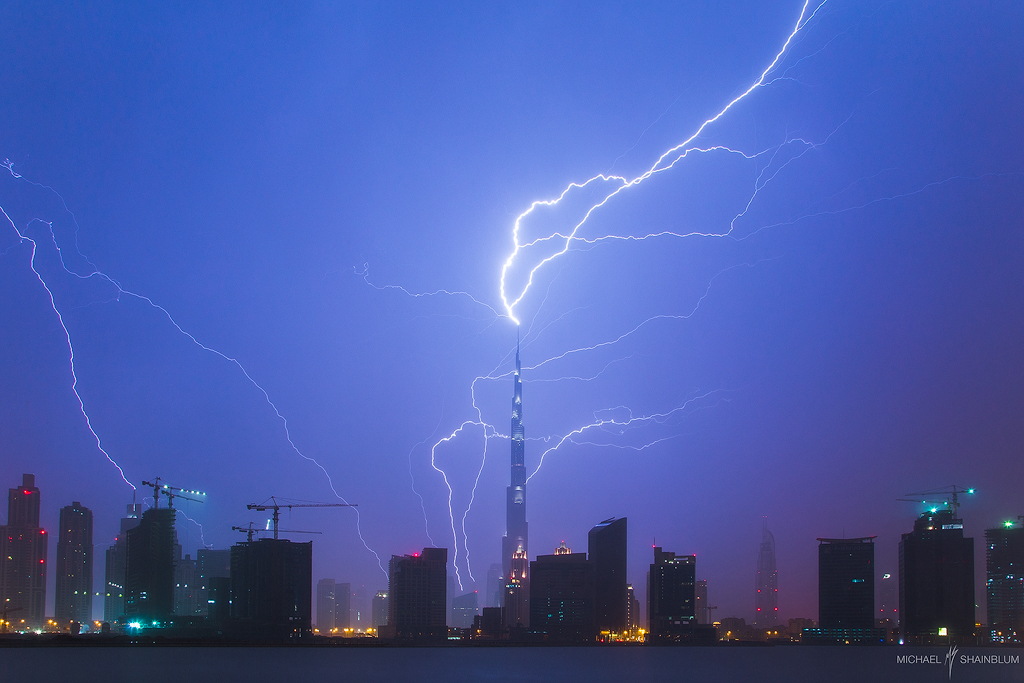
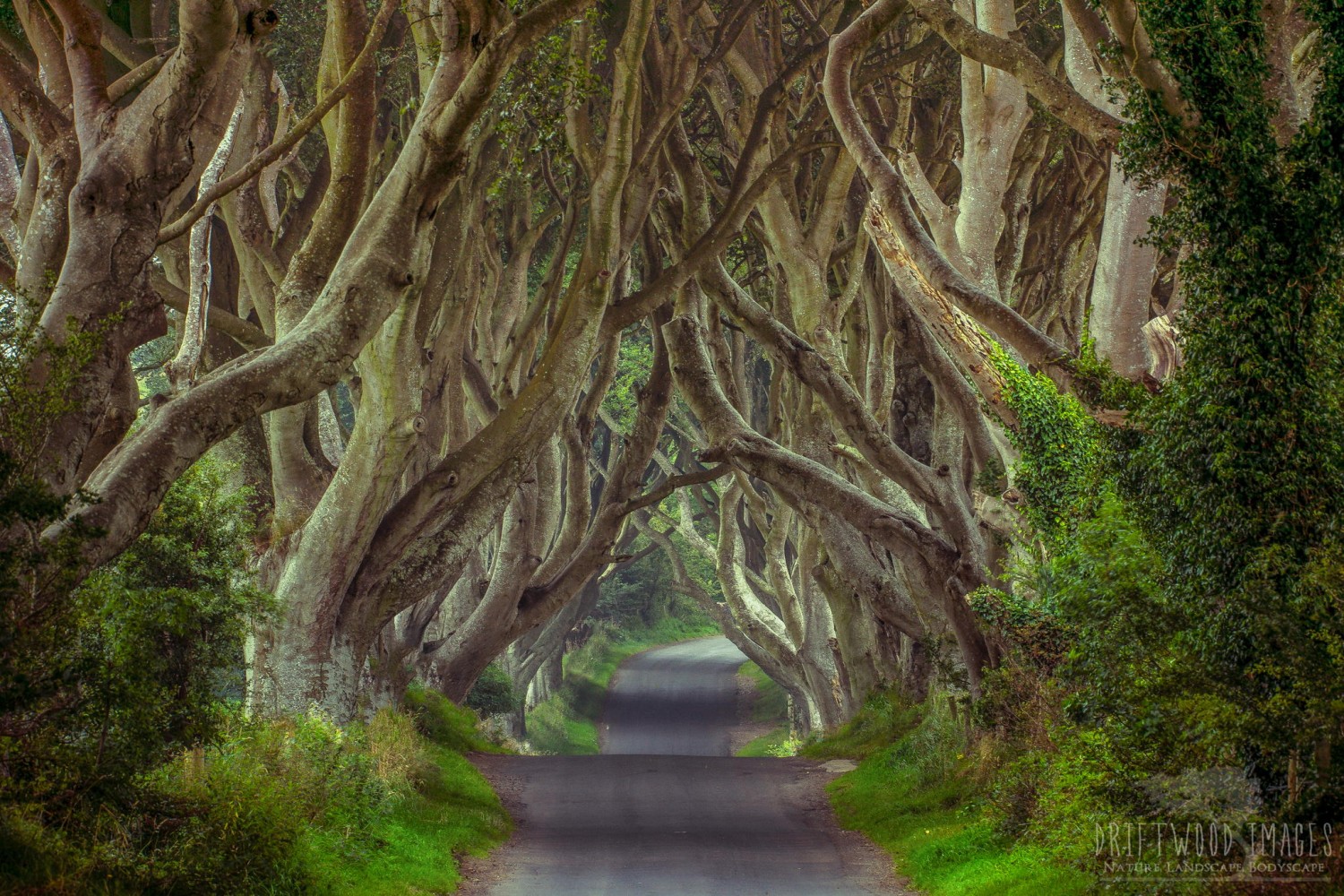
Leave a reply